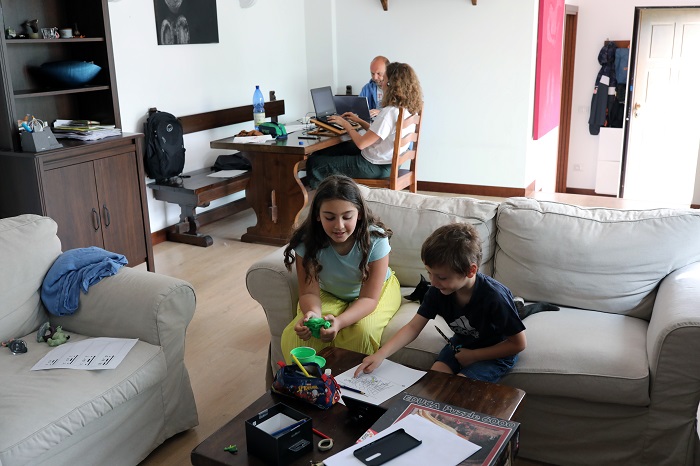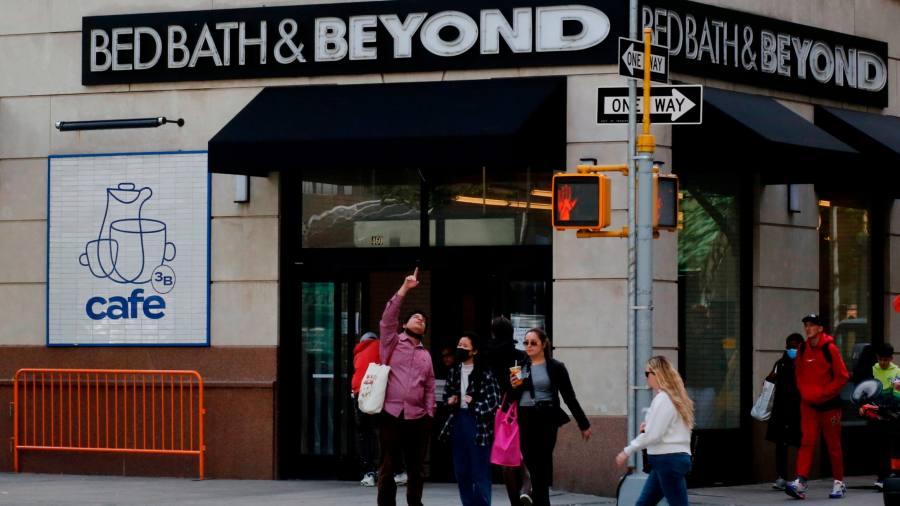Back in 2019, Procter & Gamble surveyed employees about recent changes it made to its parental leave policy and learned a segment of its workforce felt ignored.
These employees noted while the changes were good, most focused on workers with young children. So, what about those without children?
“We thought about offering support for eldercare too, but wanted to do a deeper dive across the various life stages of our employees and not just focus on childcare or eldercare,” says Casandra Carsey, director of benefits for Procter & Gamble, during a presentation Wednesday at the Health & Benefits Leadership Conference in Las Vegas.
As a result, the organization formed an employee focus group to learn more—and it did.
Members of its workforce were caring for siblings, relatives and even non-family members like neighbors. And while employees appreciated using Procter & Gamble’s flex and paid time away to manage their caregiving support, it was not enough.
Employees were struggling to find and pay for resources to support their caregiving efforts, as well as how to balance time caring for others with spending time with their own immediate family.
“Caregiving is a marathon and not a sprint,” Carsey says.
See also: More coverage from the Health & Benefits Leadership Conference
Procter & Gamble’s two-pronged approach to caregiving support
Armed with information from its employee focus group, HR leaders at the consumer goods titan embarked on two paths. One was to find a way to further support its employees who are caregivers and also create an environment where these employees can freely discuss their caregiving responsibilities with their managers, team members and the company.
The result?
Procter & Gamble hired a concierge service, Cariloop, to help employees identify available resources, such as transportation services to take their family member or non-family member to doctor appointments, and efforts to provide meals or hospice care. The concierge service also assists employees in identifying resources to help them pay for these caregiving services or products.
The second prong involves assisting managers and their teams with how to talk about caregiving issues with a colleague who is providing such care. In some situations, employees are trying to provide support to family members or friends who live hundreds of miles away.
Impact of offering support to employee caregivers
Since offering this concierge service and ramping up caregiving communications support in 2021, some Procter & Gamble employees report feeling less stress, and being more productive at work.
Approximately 60% to 75% of employees at any given organization are doing double duty as a caregiver, says Julie Devine, chief growth officer at Cariloop and HBLC panelist. And of this group, 30% are minorities, she adds. As a result, helping employees manage their caregiving efforts can assist with retaining diverse employees.
But, Carsey also notes, initial reactions to the caregiving concierge service have been mixed. Employees who use the service are its strongest acates, but some employees are not sure how it can help their particular needs, or are skeptical it can work. In other cases, employees feel guilty to have a service do the work that they feel they should be doing, highlighting the ongoing work that faces HR and benefits leaders.
Overall, Carsey is pleased with the results of the two-pronged approach.
“I get a lot of unsolicited positive feedback,” she says. “So, I know it’s working.”
Credit: Source link











